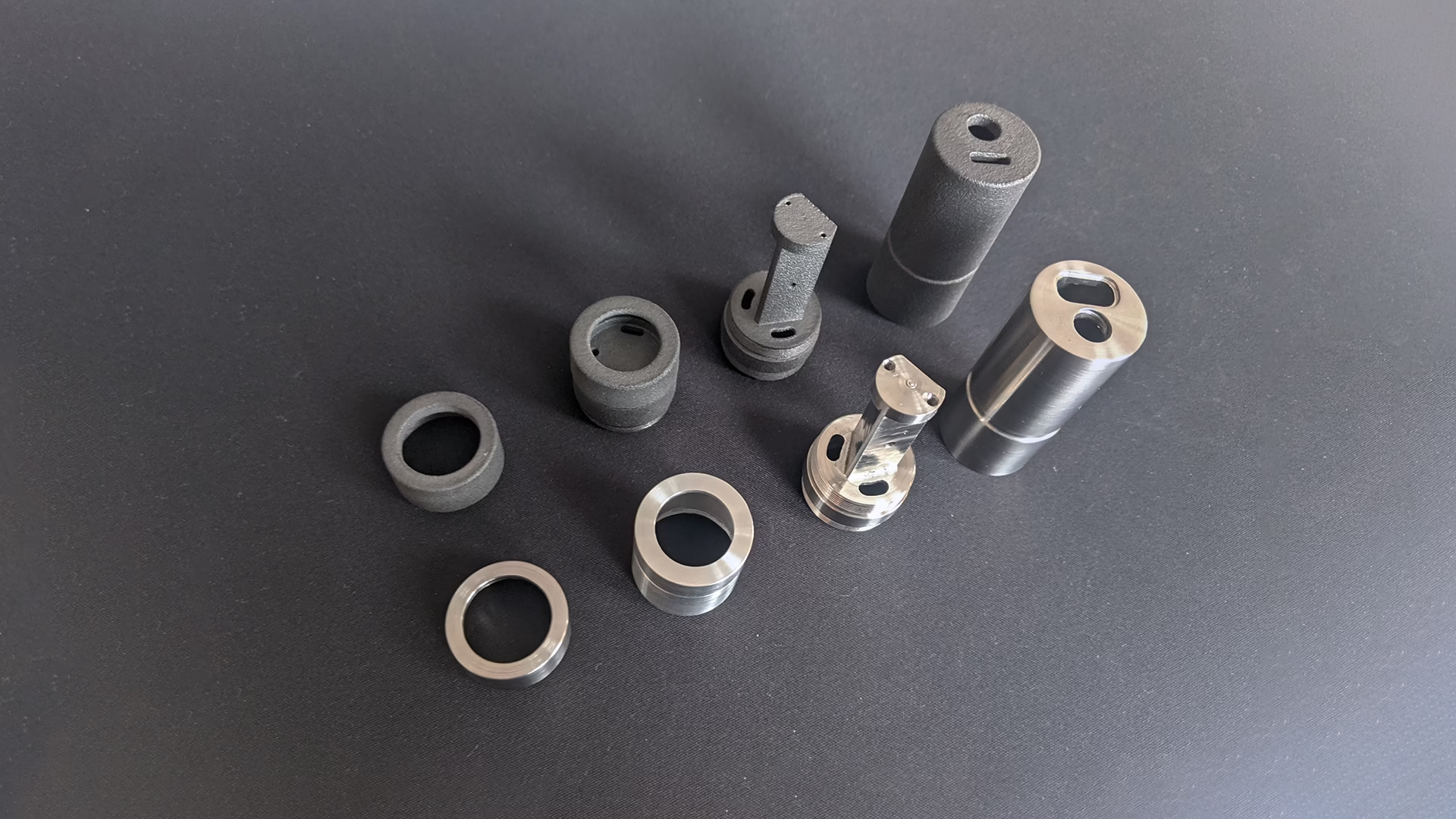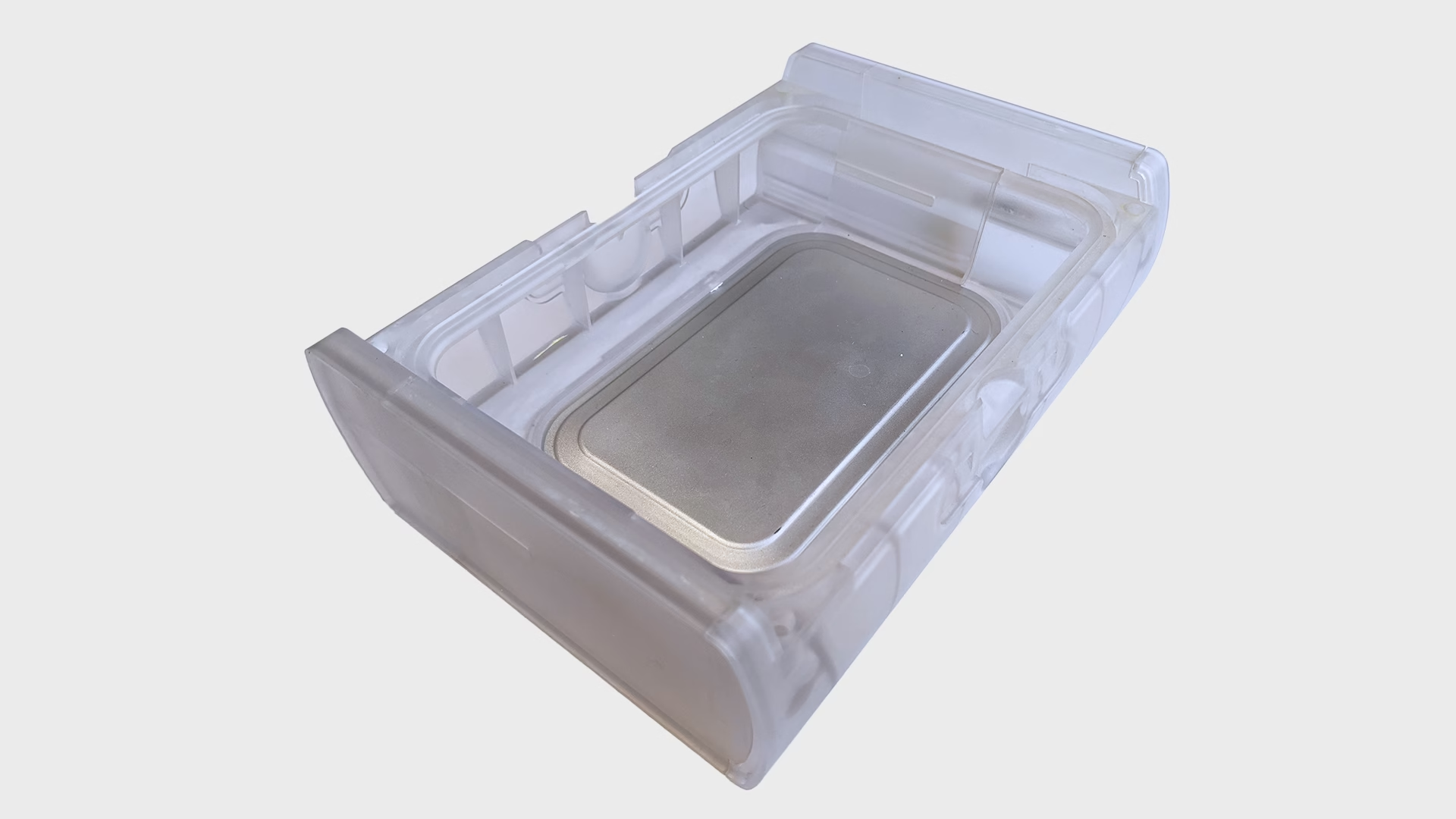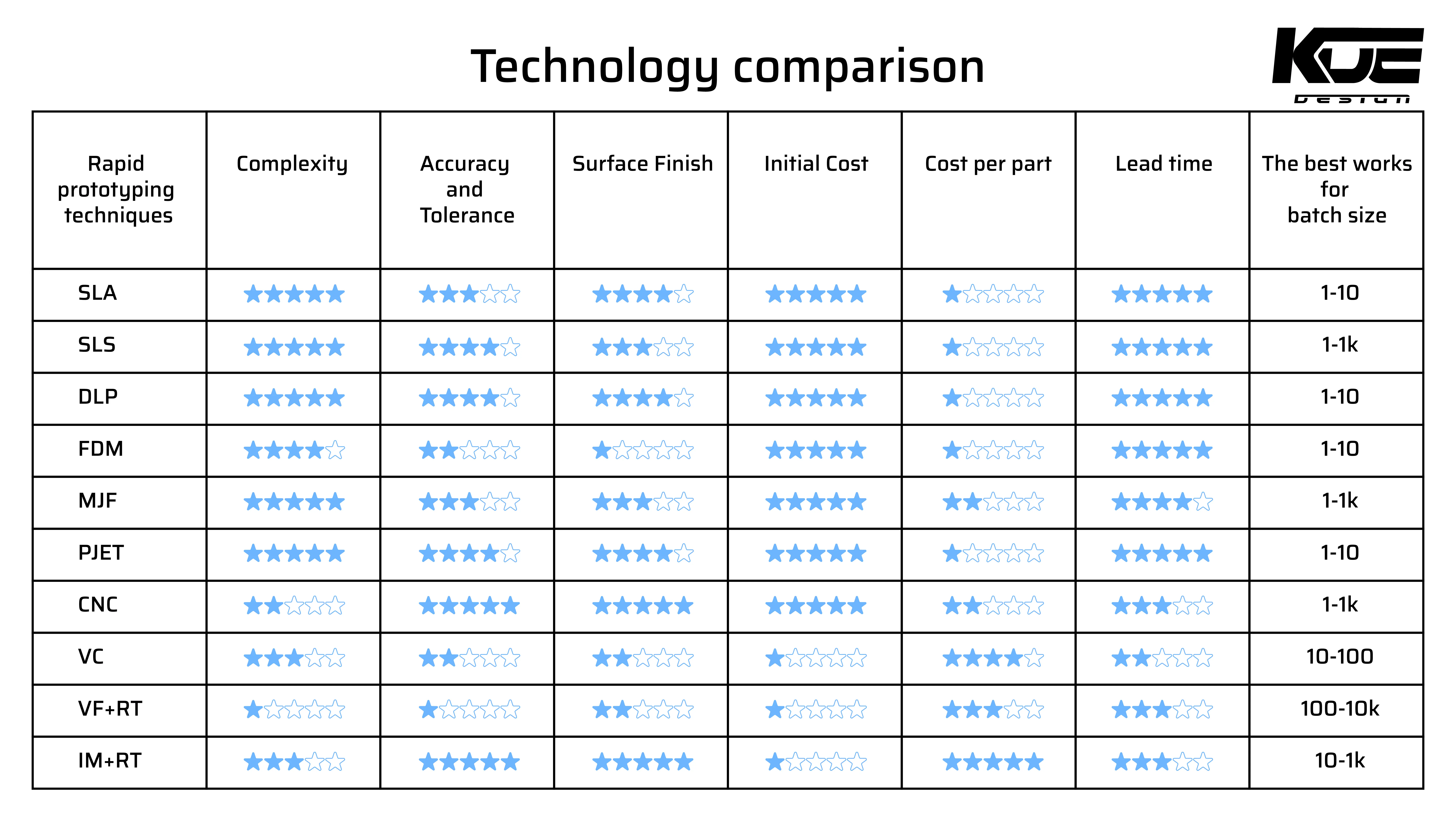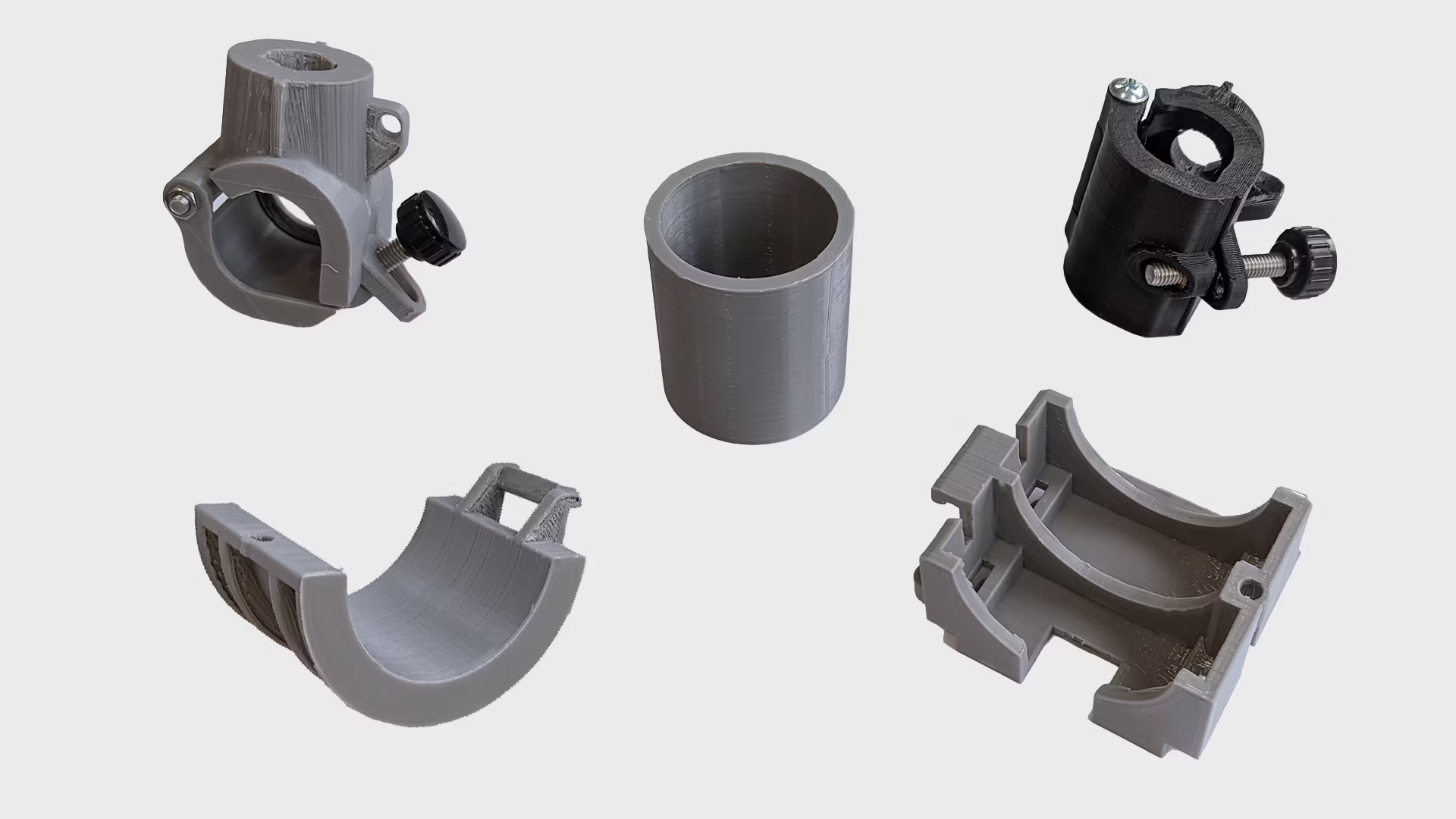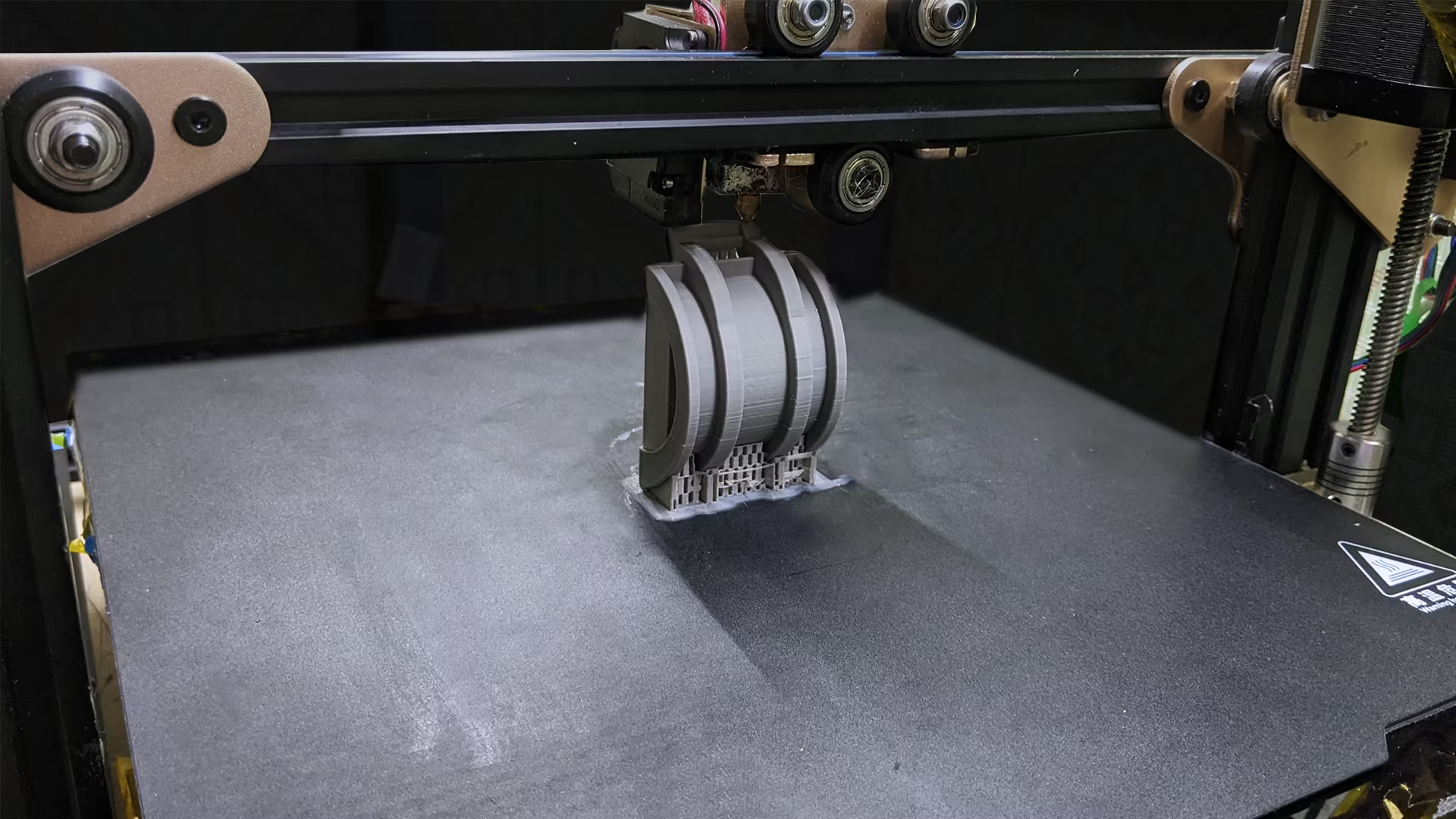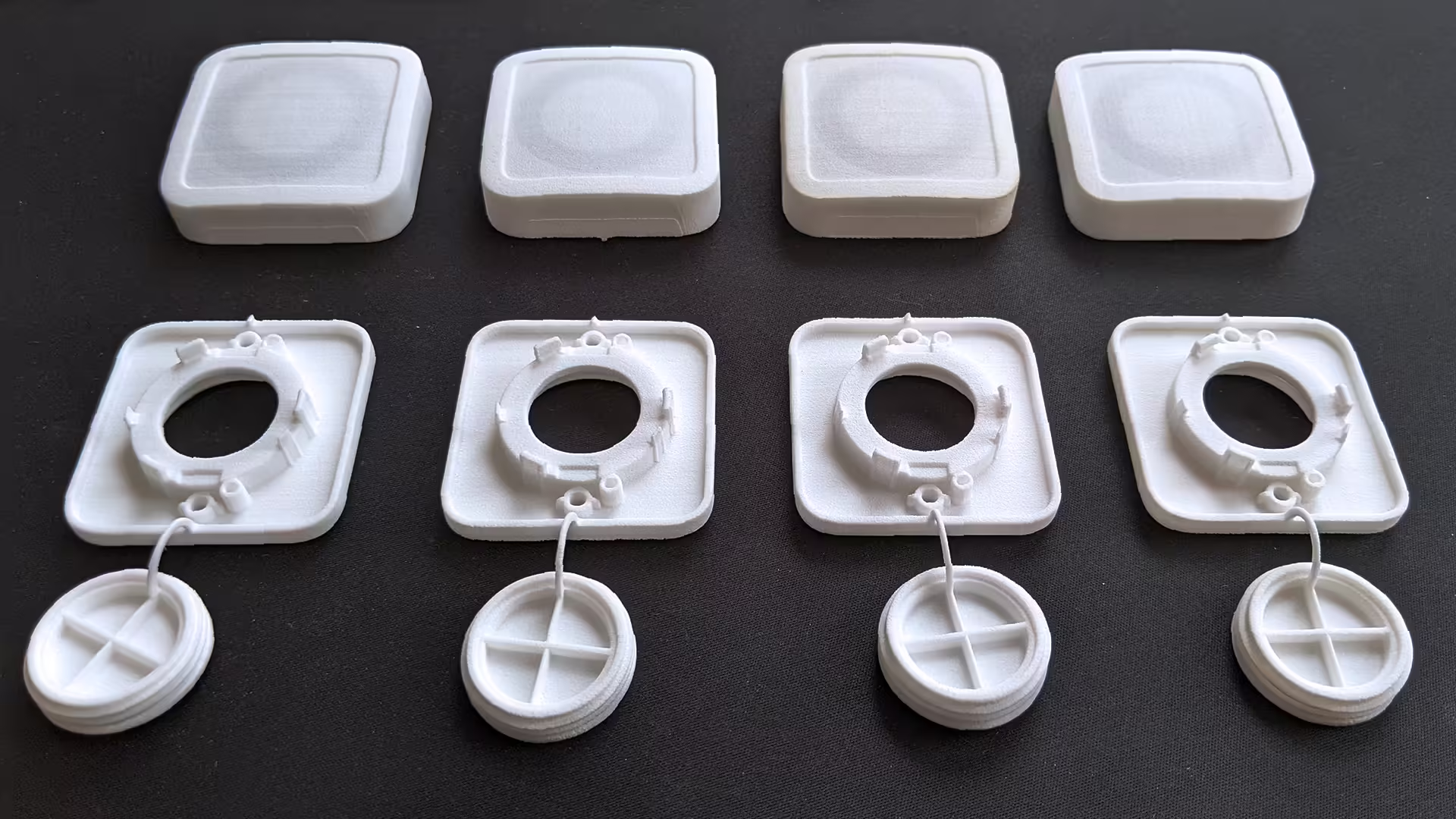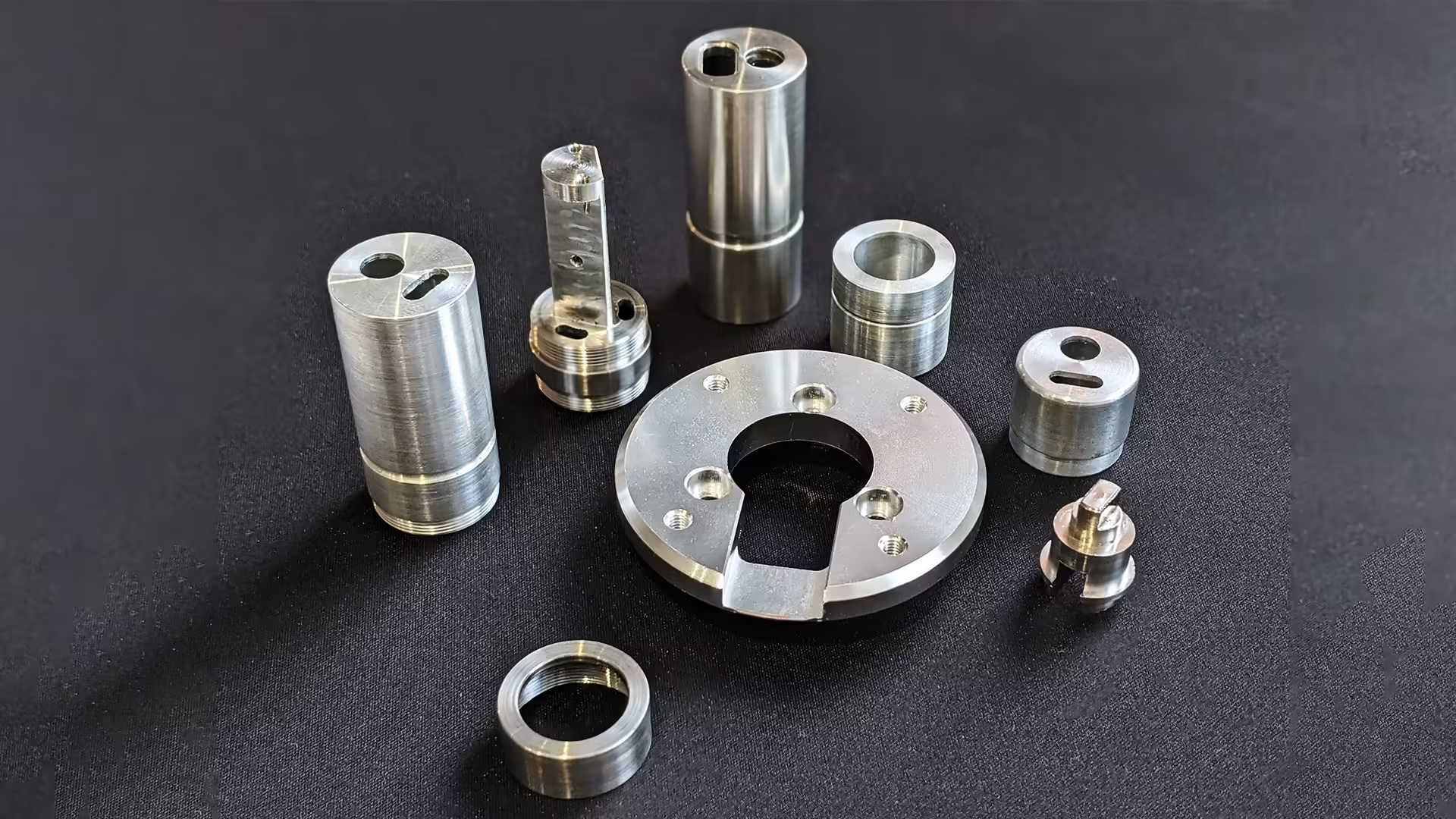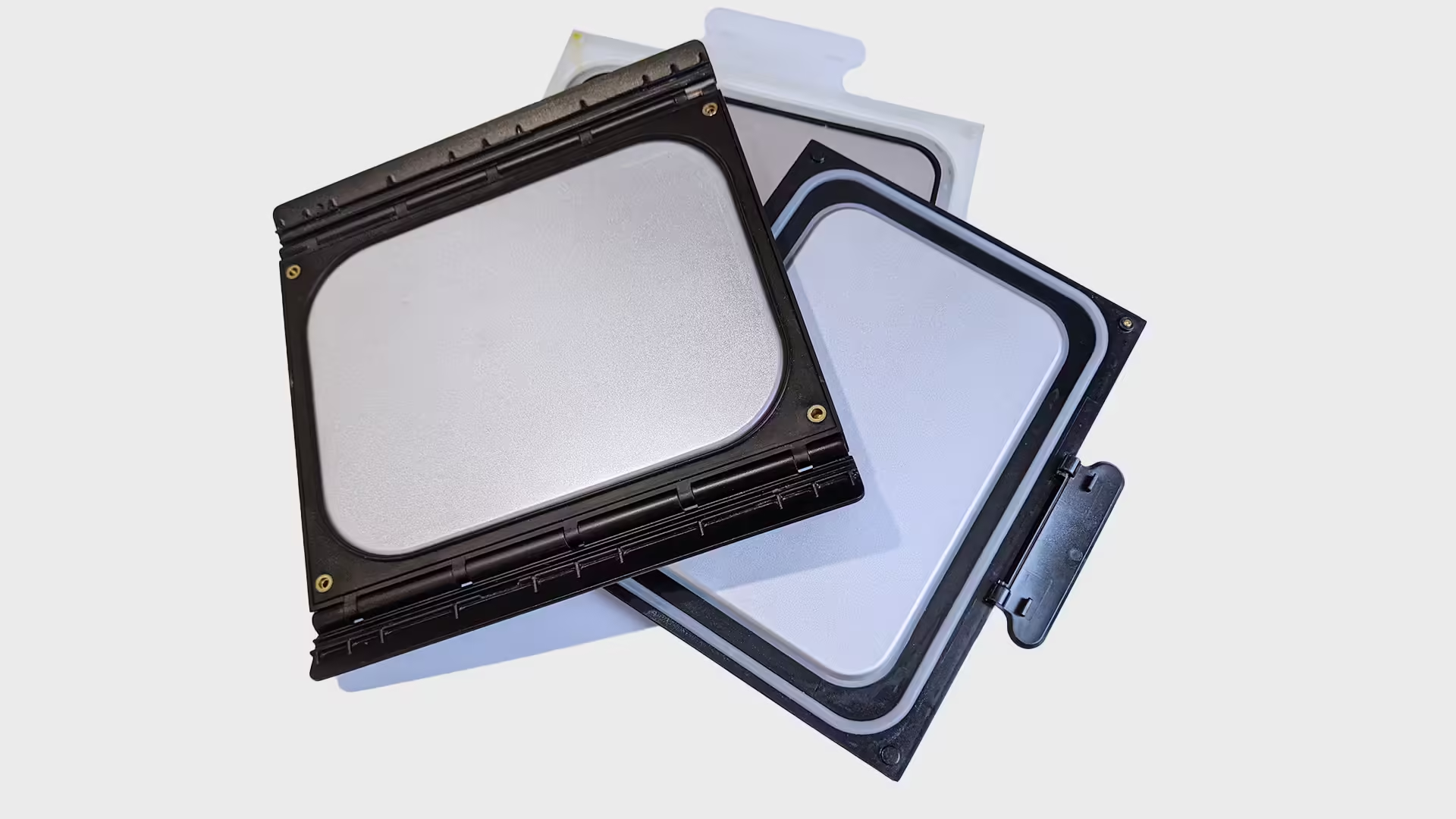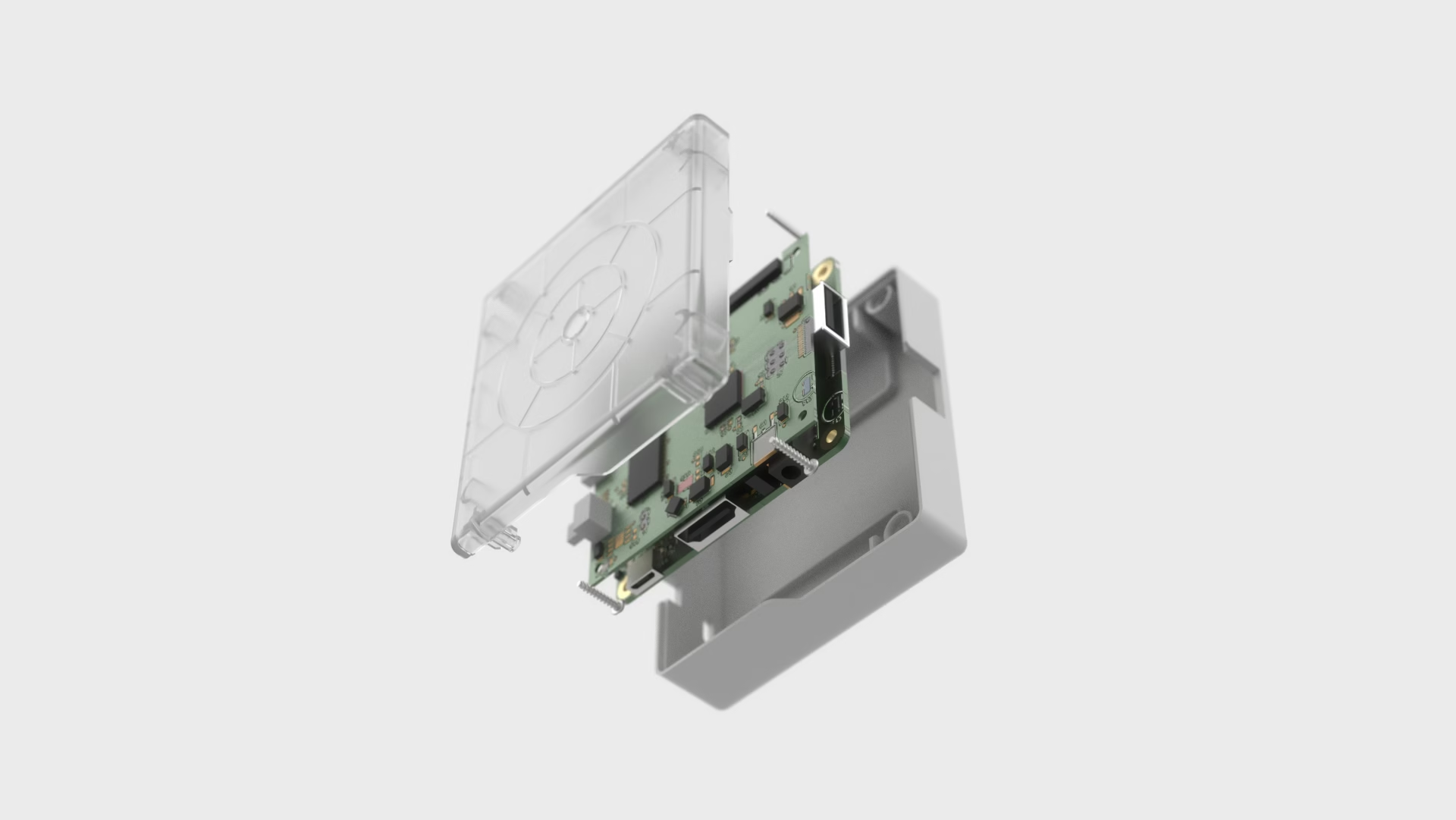The world of product development and design has experienced a significant shift due to the introduction of rapid prototyping, a vital service provided by prototype services and prototyping manufacturers. This method involves the creation of a tangible model of a product or component by using diverse techniques and materials, marking the transition from prototype to manufacturing.
Definition of Rapid Prototyping
Rapid prototyping comprises a collection of techniques and procedures aimed at promptly and economically producing a physical model of a product or component, also known as a production prototype. Utilized in the early phases of product development prototyping, this process assesses the design, functionality, and manufacturability of the product. Furthermore, it's used to craft prototypes for testing and validation to guarantee the product adheres to the necessary specifications and performance standards.
Is Rapid Prototyping 3d printing (additive manufacturing)?
Many may ask, is rapid prototyping synonymous with 3D printing or additive manufacturing? This isn't entirely accurate. Prototype manufacturing involves generating a prototype model from a CAD file. Conversely, 3D printing is only one technique used to create the prototype. Although 3D printing is frequently applied for rapid prototyping, other techniques might be more suitable in particular situations. This article delves into these techniques later on.
Importance of Rapid Prototyping
Rapid prototyping enables product designers, engineers, and prototype manufacturers to efficiently evaluate and refine a product's design, functionality, and prototype manufacturing process. This approach helps uncover and address potential design issues early in the development cycle before mass prototyping production commences.
Advantages of using Rapid Prototyping
Designed to be fast and efficient, rapid prototyping shortens the time needed to create a tangible model of a product prototype. It enables designers and engineers to swiftly assess and refine the prototype product design, ensuring it fulfills all the necessary specifications and performance criteria.
Rapid prototypes offer an experiential aspect for end-users, clients, customers, or participants to give their feedback. This hands-on experience facilitates an in-depth assessment of the prototype product's design and function, which may lead to enhancements and refinements before full-scale production. Additionally, the product prototype allows end-users to offer valuable feedback and insights, which can be applied to make the final product more user-friendly and successful.
Notably, rapid prototyping has sparked the exploration of new, creative design solutions for consumer electronics and IoT products, leading to a more iterative and flexible design process. Consequently, it has catalyzed the development of smaller, lighter, and more innovative devices packed with features and functionality, all while remaining affordable and accessible to consumers.
Our prototyping company leverages rapid prototyping during product prototype development. To amplify the benefits, we have in-house prototype manufacturing equipment, significantly accelerating the process. Now, designs that require testing can be manufactured overnight, enabling the designer to test all improvements the next morning and, if necessary, repeat the process. This capability allows us to cut this period from a week to a day.
Rapid Prototyping Techniques There are a number of rapid prototyping techniques available, including:
Stereolithography (SLA) is a popular choice for creating highly detailed and precise prototypes, especially for medical and dental products. However, it can be a more expensive option due to the high cost of the resin materials and the need for specialized equipment. Additionally, the curing process can take longer, leading to longer turnaround times for the prototype. Possible material: different type of resin, that can be adapted but conctretic need, for example like glass, ceramic plastic etc. The best fit for high-fidelity look-alike prototypes, and functional prototypes that need precise tolerances and smooth surfaces.
Selective Laser Sintering (SLS) is ideal for producing functional prototypes that need to be tested for strength and durability. The process uses a laser to fuse particles of plastic, metal, or ceramic, creating a solid object. This method is often used for prototypes that need to be tested for mechanical and thermal performance, as well as strength.The most common material is nylon and its composites. The best fit for complex geometries, engineering prototypes, and functional works-like prototypes.
Digital Light Processing (DLP) is a rapid prototyping technique that uses a digital light projector to cure photopolymer resins into solid objects. This method is ideal for creating highly detailed and precise prototypes, and is often used for the production of consumer electronics, jewelry, and dental products. The DLP process is fast and efficient, making it a popular choice for prototyping projects that require a high degree of accuracy and precision. The DLP process also allows for the creation of complex geometries and intricate details, making it an ideal choice for projects that require high-quality prototypes. However, one drawback of the DLP process is that it is limited in terms of the materials that can be used, which can limit its versatility in certain applications.
Fused Deposition Modeling (FDM) is a cost-effective option for creating prototypes that need to be tested for fit and function. The process uses a thermoplastic material that is melted and extruded through a heated nozzle, building up the prototype layer by layer. Possible material: standard thermoplastics, usually ABS, PLA.This method is fast, efficient, and ideal for creating prototypes that need to be tested for form, proof-of-concept models, and function.
Multi Jet Fusion (MJF) is autilizes a powder bed fusion method to produce 3D objects. The process involves the application of a liquid binding agent onto a layer of powdered polymer material, which is then fused together layer by layer. The technology gets its name from the multiple inkjet heads used to distribute the binding agent during the process. Materials are Polyamide (Nylon) and Polypropylene. This method is ideal for creating prototypes with intricate details, complex geometries, and multiple colors or materials.
PolyJet (PJET) is a high-resolution, multi-material printing process that uses photopolymer resins to create prototypes with a smooth surface finish. This method is ideal for creating prototypes that need to be tested for visual and aesthetic properties, such as color, texture, and translucency.
Computer Numerically Controlled Machining (CNC) is a subtractive manufacturing process that uses a computer-controlled cutting tool to remove material from a workpiece to create a prototype. Can work with metals, plastics, woods, glass, composites. This method is ideal for creating prototypes with high accuracy and dimensional stability, and is often used for tight tolerances, and high-quality surface finishes.
Vacuum Casting (VC) is a process that creates multiple copies of a master prototype using silicone molds and urethane resins that can emulate specific properties and characteristics of different thermoplastics and rubbers. This method is ideal for creating functional prototypes with a high-quality surface finish and is often used for testing the performance of electronic or mechanical components.
Vacuum Forming (VF) and Injection Molding (IM) with Rapid Tooling is a process that combines vacuum forming and injection molding to create prototypes with a high degree of accuracy and dimensional stability. The process uses rapid tooling techniques to create a mold, which is then used to produce multiple copies of the prototype using vacuum forming or injection molding. Materials is the same that can be used for muss production injection molding such as thermoplastics, elastomers, silicones. This method is ideal for creating prototypes that need to be tested for form, fit, and function, and is often used for testing the performance of electronic or mechanical components. The combination of vacuum forming and injection molding with rapid tooling allows for faster turnaround times and lower costs compared to traditional tooling methods, making it an attractive option for many product development projects
Each of these techniques has its own advantages and limitations, and choosing the appropriate rapid prototyping technique will depend on a number of factors, including the material requirements, size, complexity, and functionality of the product.
Parameters for Choosing Appropriate Rapid Prototyping Techniques
When choosing the appropriate rapid prototyping technique for a project, it is important to consider the following parameters:
- Purpose of the Prototype: The first consideration is the purpose of the prototype. Are you creating a visual model for presentation purposes or a functional model for testing and validation? This will determine the type of rapid prototyping technique that is best suited for your project.
- Material Properties: The material properties of the prototype are also an important consideration. Do you need a material with specific mechanical, thermal, or electrical properties?
- Complexity: The complexity of the prototype is also a key consideration. Are there intricate details or complex geometries that need to be reproduced accurately?
- Accuracy and Tolerance: The level of accuracy and tolerance required for the prototype is another important consideration. Do you need a high level of dimensional stability and accuracy?
- Surface Finish: The surface finish of the prototype is also a key consideration. Do you need a smooth and visually appealing surface or a rough surface for testing purposes?
- Cost and Time Constraints: The cost and time constraints for the project are also important considerations. Do you have a tight budget or tight timeline for completing the project?
- Quantity: The quantity of prototypes needed is also a key consideration. Do you need one prototype or multiple copies for testing and validation?
By considering these parameters, you can choose the most appropriate rapid prototyping technique for your project and ensure that the prototypes meet your expectations in terms of accuracy, quality, and performance.
Future of Rapid Prototyping
Despite some challenges, rapid prototyping holds a promising future. Technological advances are making the process faster, more affordable, and more versatile. For instance, new materials and techniques that allow the production of more intricate and functional prototypes are continually being developed by prototyping companies.
Moreover, the advent of 3D printing has tremendously broadened the potential for rapid prototyping. This technology has revolutionized the process, making it quicker and more cost-effective. It has also enabled the production of prototypes in a range of materials, including metals, plastics, and ceramics by prototype manufacturers.
Another growth area for rapid prototyping lies in the development of customized and personalized products. As consumers increasingly seek unique and individualized products, rapid prototyping will play a crucial role in the production process, enabling the efficient transition from prototype to product. This shows the importance of prototype services in the overall production process, highlighting the role of prototyping manufacturers and prototype companies.

